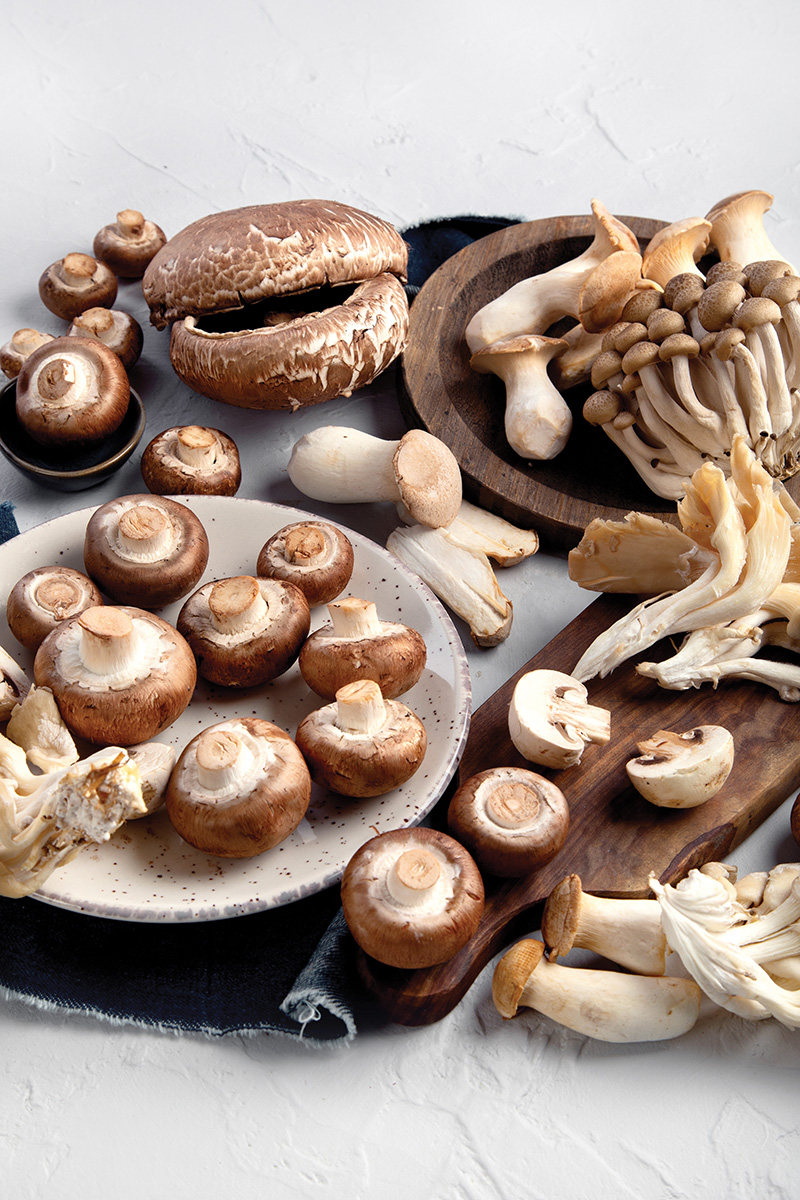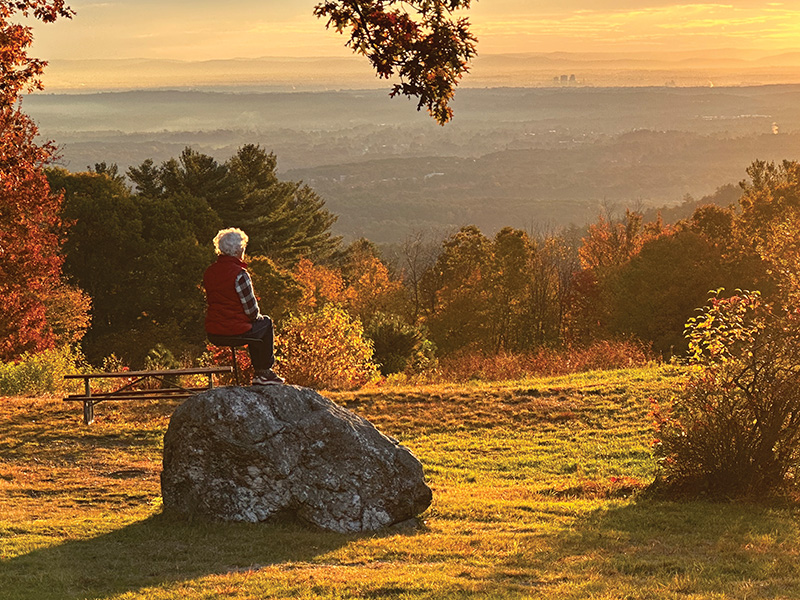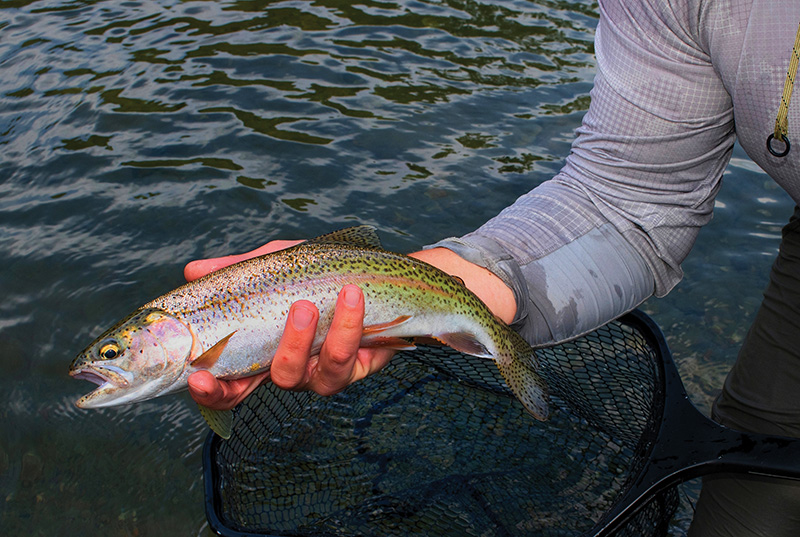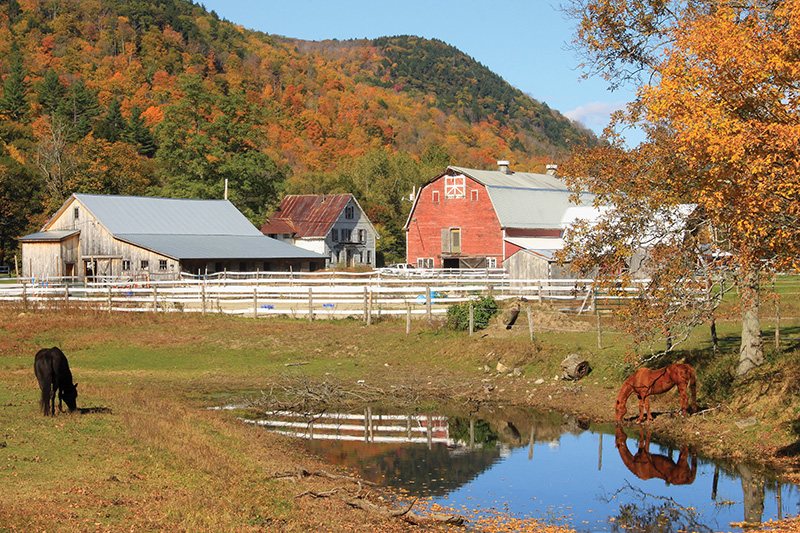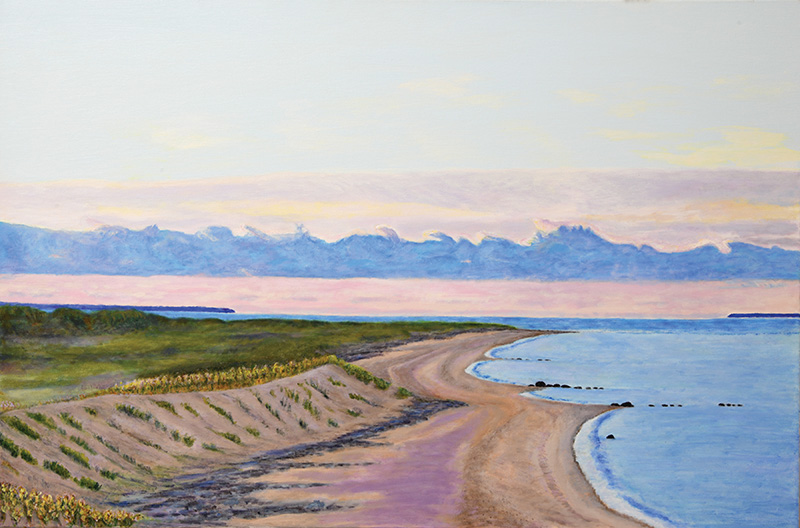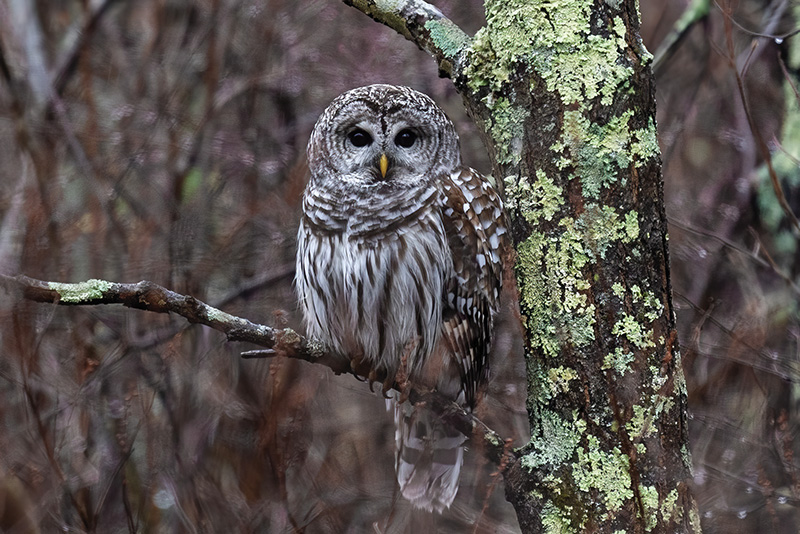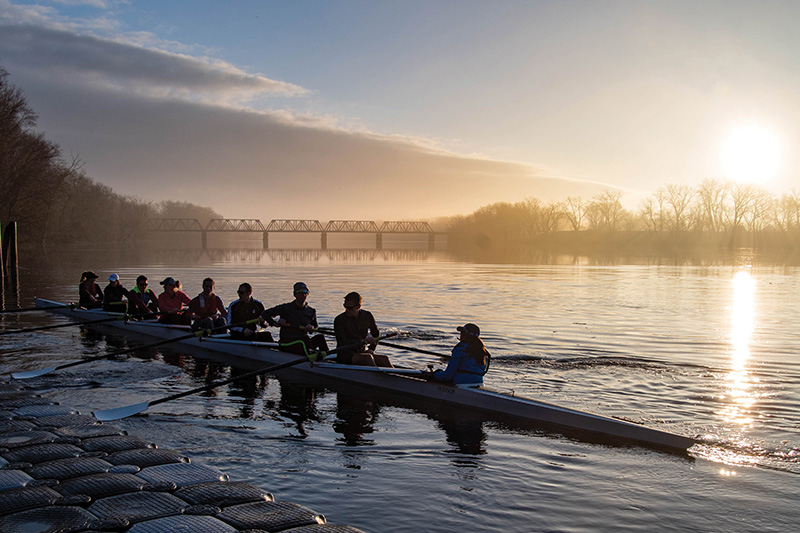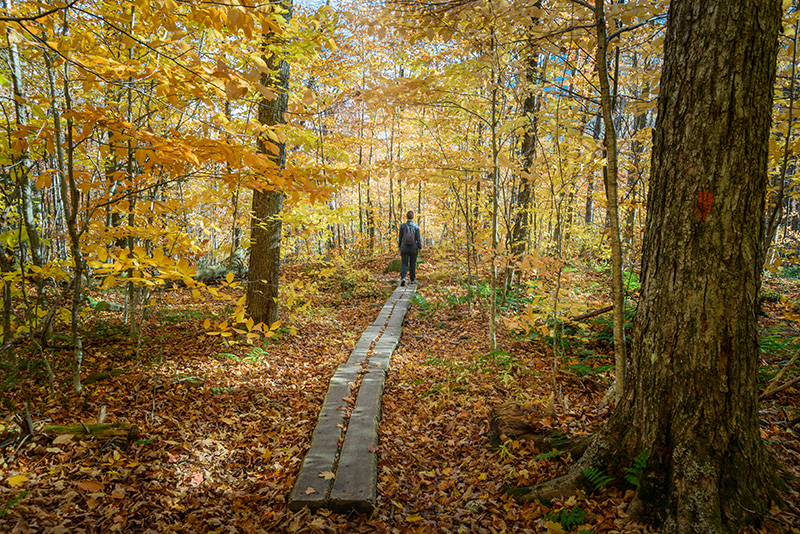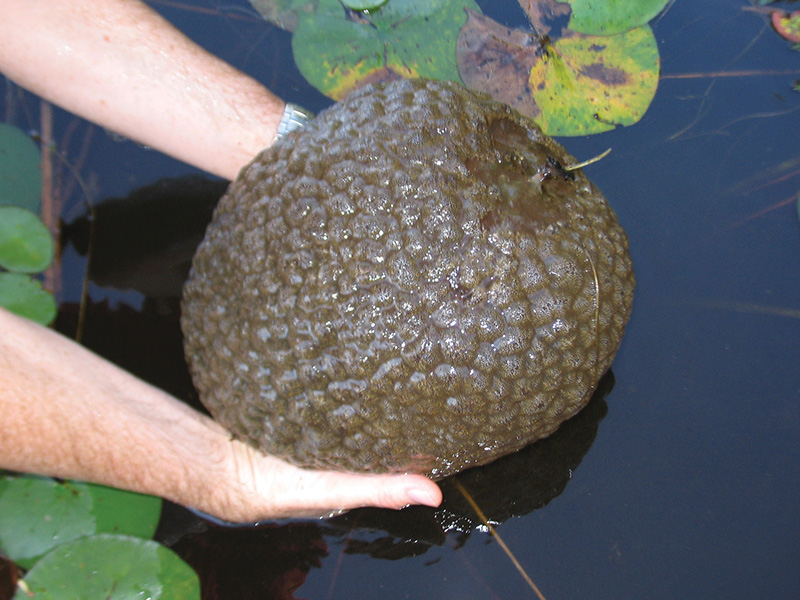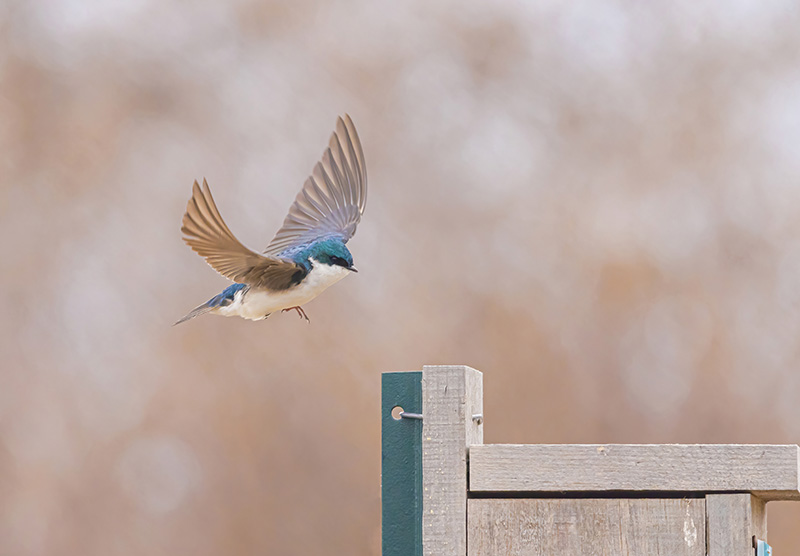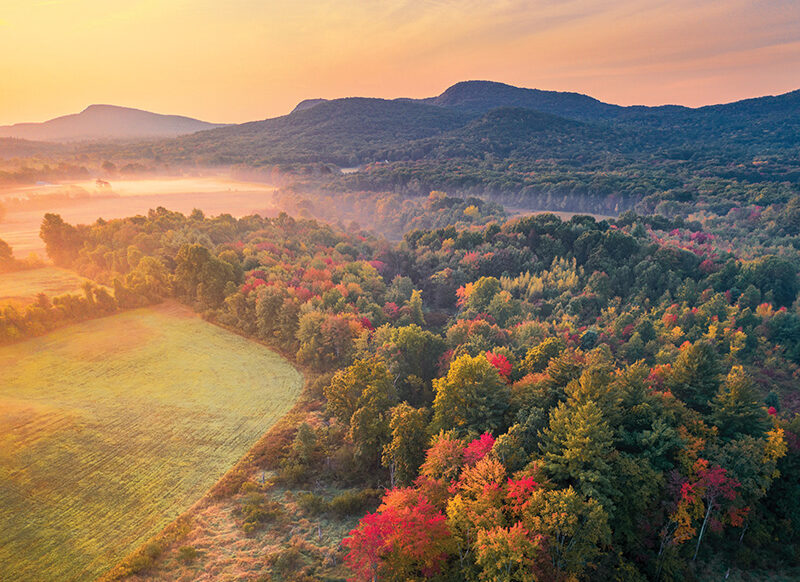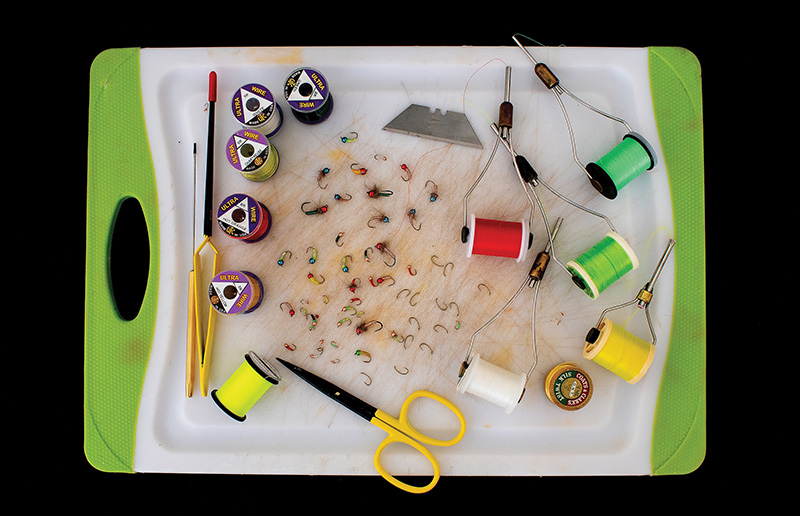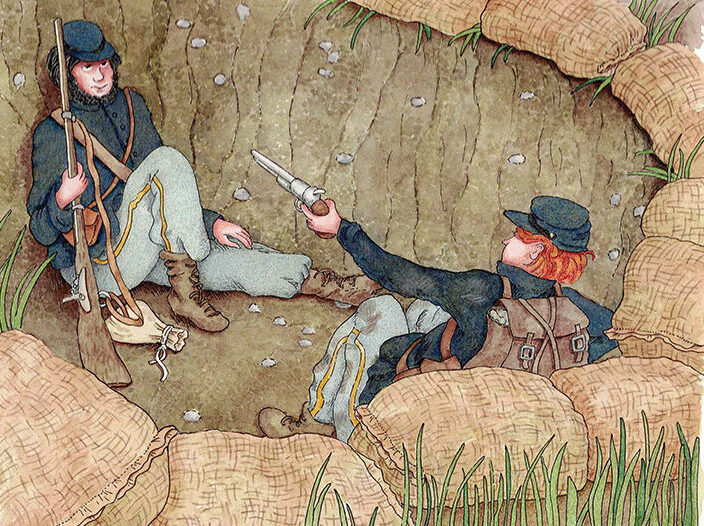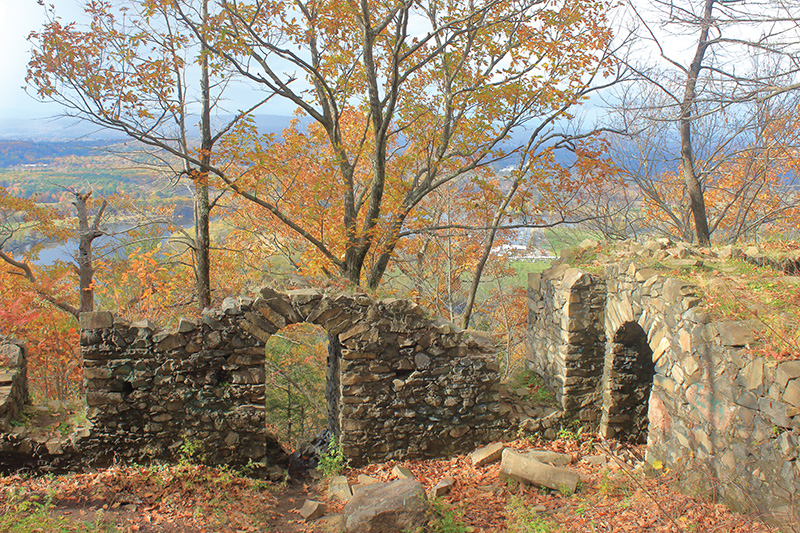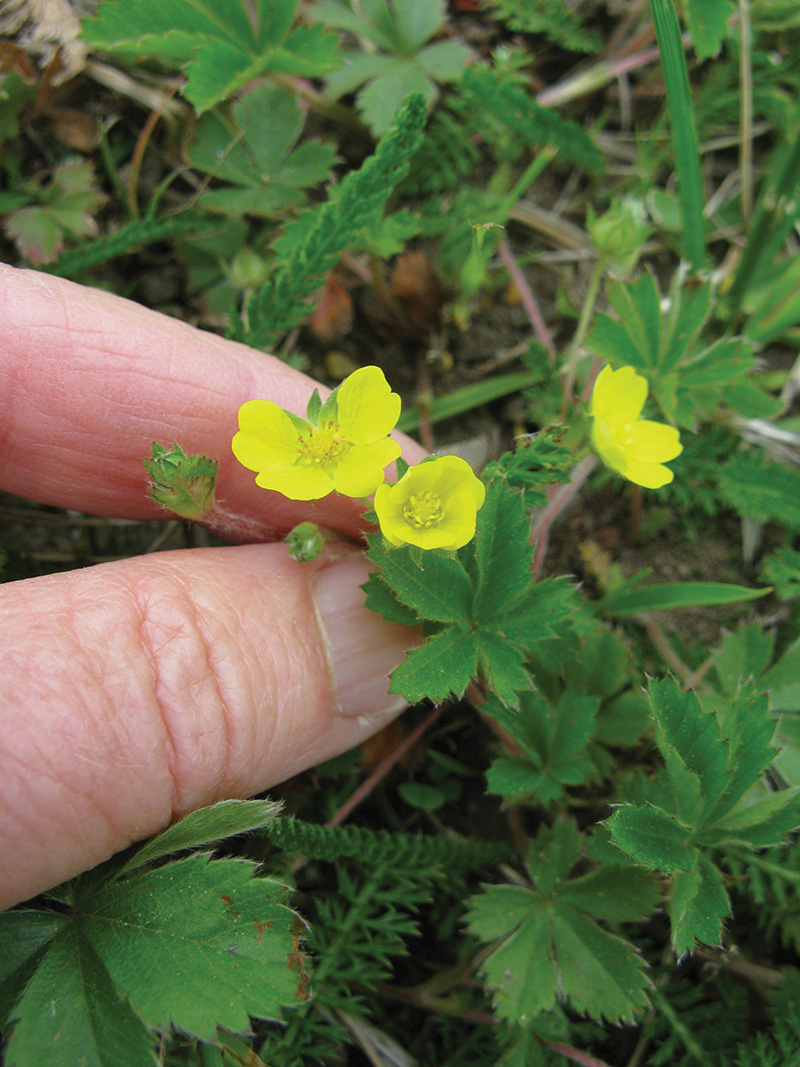Fall is the perfect time to forage for mushrooms in New England as many species thrive in the cooler, wetter weather. Forage if you must, but beware as many mushrooms are inedible or poisonous!
Connecticut River Critters: Caddisfly
One of the many things we have learned over the decades working to make our rivers, streams, lakes, and wetlands healthy and full of life again is that some of the smallest and least conspicuous river critters can play an outsized role in this work.
Gardening for Good: It Turns Out, Gardening is Also Good for You
How much time does it take for people to get a dose of nature high enough to say they feel healthy and have a strong sense of well-being?
Casting About: Vermont’s White River
On a late spring day, I sat in a rustic cabin in northern Vermont, guest of Owen Ward, head Orvis guide for the well-known Woodstock Inn.
Central Watershed Outings: Exploring the West River
Inspired by artists and writers such as Thomas Cole and Timothy Dwight, many tourists during the late nineteenth and early twentieth centuries came to the Connecticut River valley to visit the region’s mountain houses atop peaks such as Mount Tom, Mount Holyoke, and Mount Sugarloaf. Visitors enjoyed the panoramic views and amenities such as restaurants, observatories, theaters, concerts, and inclined railroads.
Art and Environmentalism Converge in the Art of John H. Sargent
Please meet one of the Connecticut River valley’s true (and mostly unsung) heroes: the artist John H. Sargent of Quaker Hill, Connecticut.
Barred Owls in the Backyard
One of the pair of adult barred owls, East Haddam, CT.
At Riverfront Recapture, the Row Goes On
The late-May morning I arrived at the Greater
Hartford Jaycees Community Boathouse on the
Connecticut River for my first-ever rowing lesson,
I was equal parts apprehensive and ambitious.
Let’s Go
News from our River Partners…
Below the Surface: Test Your Connecticut River IQ!
It’s time for some fun! How much do you know about the river and its non-human inhabitants?
An Ode to Eleanor Robinson
My friend Eleanor Robinson of Old Lyme was dying of cancer. In late September 2021, she and her husband, Mark, invited John and me to go on a swallow watch on the Connecticut River in their boat.
Addressing the Biodiversity Crisis in the Connecticut River Valley
One of the reasons many people love living in the Connecticut River valley is the ability to observe wildlife in the landscape around them.
On My Mind…
It was a veritable Who’s Who of the Connecticut River watershed’s principal stewards last May at a two-day retreat of the Connecticut River Watershed Partnership (CRWP). Led by CRWP’s executive director, Mass Audubon’s Markelle Smith, twenty-seven people spent all or part of the meeting at the Grafton Inn in Grafton, Vermont, discussing past successes, current challenges, and steps to more effective collaboration.
What’s for Dinner: Cherry Cobbler Completes the Meal
The slump, the dump, the Betty, the crisp, the crumble, or the cobbler! What’s the difference? These are all versions of a cooked fruit dessert with a crumble, biscuit, or pie crust on top and/or bottom, and baked in the oven or cooked on the stovetop.
The Once and Future Connecticut River
Trump’s chainsaw massacre of federal agencies is
impeding fish and wildlife restoration nationwide.
Casting About: Caddis Pupae
Avid trout anglers learn not only about the fish but the working of the watershed. Yes, we want to be completely in touch with our rivers. And one aspect of that desire is to study aquatic macro invertebrates. Tucked under rocks, buried in the mud, encased in gravel and sand, they abide on the riverbed, an essential part of the trout’s food chain.
Estuary for Young Readers #18
Saybrook station. The conductor pushed the car door aside and, leaning out of the train, looked up and down the length of the platform for passengers, then called out, “Board!”
Central Watershed Outings: Summit Houses of the Pioneer Valley
Inspired by artists and writers such as Thomas Cole and Timothy Dwight, many tourists during the late nineteenth and early twentieth centuries came to the Connecticut River valley to visit the region’s mountain houses atop peaks such as Mount Tom, Mount Holyoke, and Mount Sugarloaf. Visitors enjoyed the panoramic views and amenities such as restaurants, observatories, theaters, concerts, and inclined railroads.
Gardening for Good: A Local Cemetery Inspires Wild Ideas for Your Lawn
Looking for inspiration for an environmentally friendly lawn? I suggest you take a break and go for a walk in a local cemetery.
Conte Corner: Let Our Mission Be Our Guide
Major policy changes affecting the irreplaceable network of public lands, which the federal government is charged with protecting unimpaired for future generations, have been implemented by the second Trump administration.

